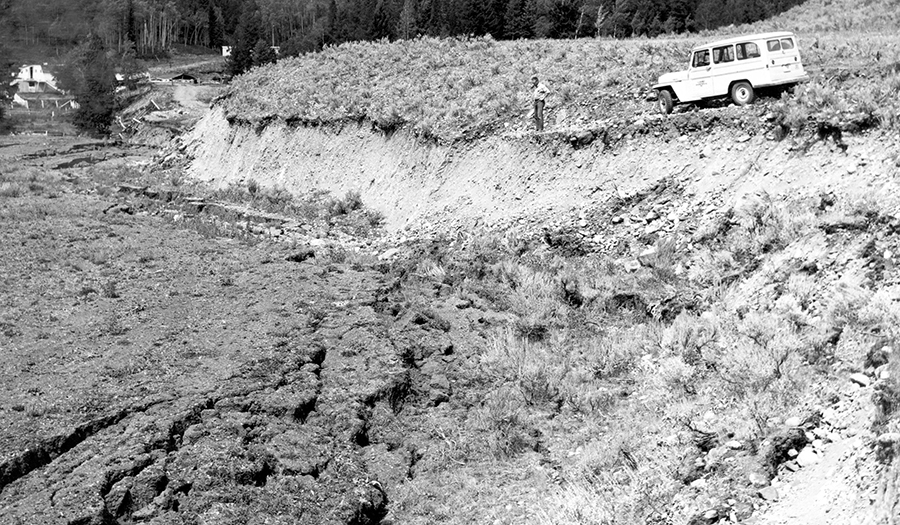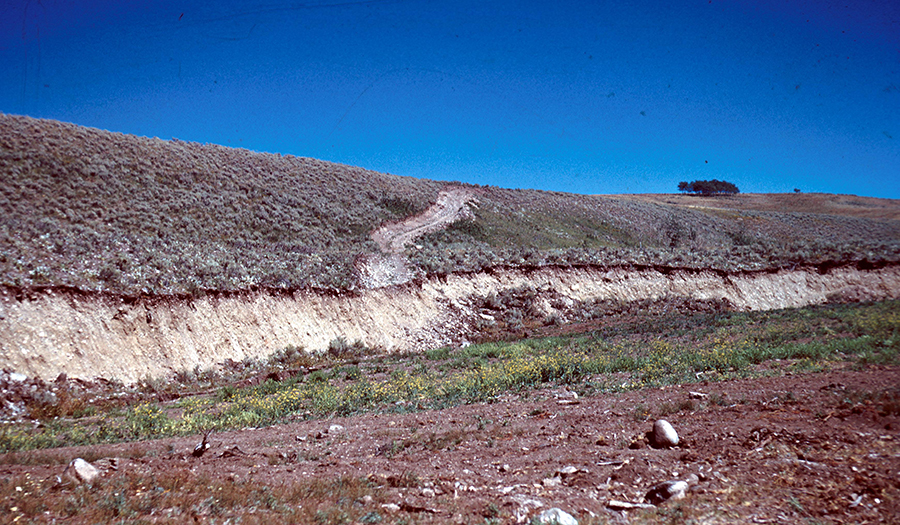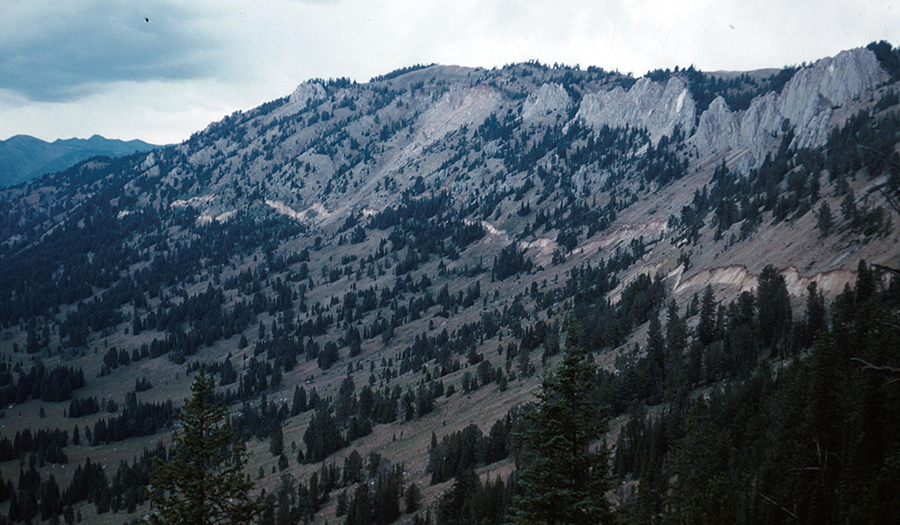About Earthquakes
The Earthquake Studies Office (ESO) of the Montana Bureau of Mines and Geology (MBMG) operates
the Montana Regional Seismic Network (MRSN), a network of 42 permanent seismic stations located
throughout western Montana. The data from these 42 sensors are continuously sent to the ESO—using radio,
satellite, cell phone links, and the internet—for recording and analysis. Using data from these stations,
along with data from seismograph stations operated by other institutions, MBMG personnel determine the
locations and magnitudes of local and regional seismic events, and determine whether they are earthquakes
or man-made blasts at mines, quarries, or construction sites. Local and regional earthquakes (exclusive of
Yellowstone, which the University of Utah Seismograph Stations
monitors), along with local blasts, are contributed to the USGS Comprehensive Catalog.
All seismograph station data are archived at the IRIS Data Management Center.
The ESO typically records and locates about 10 (usually small) earthquakes each day in the northern Rocky
Mountain region, but the actual number can be much higher during earthquake swarms or aftershock sequences.
Since its beginning in 1982, the MRSN earthquake catalog includes more than 45,800 local and regional earthquakes.
Mission
Western Montana has a history of large, damaging earthquakes, and remains seismically active. Many of these earthquakes occur along faults that do not extend to the Earth's surface, and are thus unmapped and unknown. Seismic hazards associated with earthquakes along these "blind" faults cannot be evaluated with traditional geologic studies and are best studied using data from a permanent network of seismograph stations. Accordingly, our mission is to monitor, analyze, and report on Montana earthquakes and make these data available for seismic hazard research and to the public.
Partners
Confederated Salish and Kootenai Tribes
University of Utah Seismograph Stations
University of Montana
Montana State University
U.S. Geological Survey
University of Idaho



